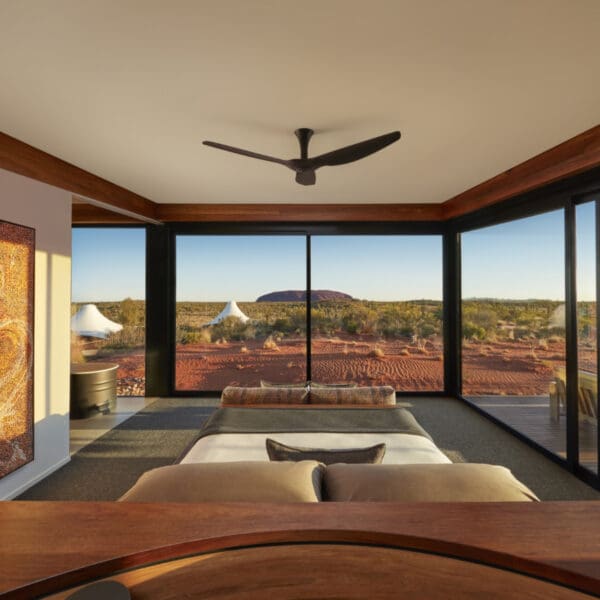CBRE research shows that the luxury lodges sector has been the most successful in the Australian-New Zealand hotel market. This is due to the strong demand of wealthy visitors from both Australia and New Zealand.
CBRE’s analysis of seven lodges in both countries shows a 59% increase in revenue per room since 2018 (pre COVID), and margins are up 54%. This is due to a worldwide rise of high-net worth individuals (HNWIs) as well as an increasing desire for unique experiences.
Luxury lodges are known for their curated experiences, gourmet dining, and wellness offerings. Prominent examples include Bedarra Island on the Great Barrier Reef, Saffire Freycinet in Tasmania, Longitude 131° in the Uluṟu-Kata Tjuṯa National Park and Huka Lodge in New Zealand.
The growth of luxury tourism has driven the luxury lodge industry and fueled an explosive post-pandemic recovery following years of pent up demand.
Katya Ezhova, CBRE Research Analyst, said: “While the demand for luxury travel is highest in the 40- to 50-year old age bracket, there is a growing demographic of luxury aspirants, many of which are Millennials and Gen Z. This cohort is willing to devote a large portion of their finances toward premium travel.
Luxury tourism is flourishing due to the strong demand from travellers. Global wealth has steadily increased, disposable incomes have increased and the demand for personalised and unique experiences are on the rise.
Tom Gibson, Senior Director at CBRE Hotels, said that luxury lodges offer world-class service and are often defined by their exclusive locations in unique destinations. The barriers to entry are high. Only a few transactions have occurred in Australia and New Zealand over the last decade.
CBRE found that the average number of rooms in the lodges they analysed was only 21. This highlights how important it is to strike a balance between limiting guest numbers and maintaining sufficient capacity for smooth operations.
With bookings generally occurring three to six months in advance of stays, Mr Gibson said luxury lodges were significantly de-risked and had proven to be more attractive operationally than traditional hotels and resorts, enabling owners to exercise careful cost management – supporting higher profit margins.
“Lodges who deliver a luxury product, exceptional service and provide exclusive access to world class, curated experiences have the ability command room rates with no resistance from guests,” said Mr Gibson.
CBRE’s report shows that, from an investment perspective CBRE’s report highlights the fact that domestic capital is currently dominant in the luxury lodging market.
CBRE estimates that domestic investors own 67%, and foreign investment 33% of the luxury lodges selected in Australia. The majority of the offshore investment comes from USA (62%) as well as Singapore (13%).
The dynamic tourism industry, the stable and transparent markets, attractive returns and favorable investment conditions are attracting more foreign capital into luxury lodges, according to Mr Gibson.
“There was also a notable shift in the last few years, from traditional ownership models that were dominated by HNWIs to a broader array of investment structures,” said Mr Gibson.
“We are also seeing luxury lodges increasingly viewed by impact funds, ESG Investors and real assets portfolios as alternative assets instead of lifestyle-driven investments. This is expected to increase interest from these investors.”



